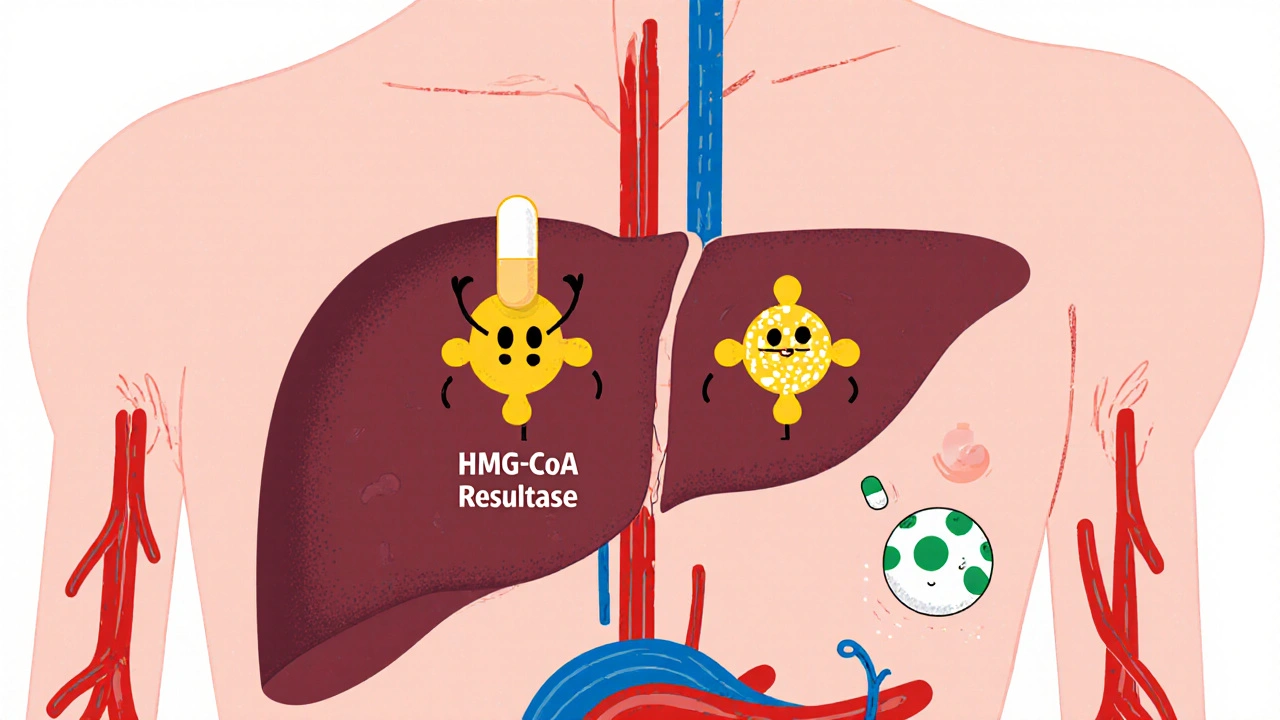Statin Side Effects: What You Need to Know Before Taking Cholesterol Medication
When you take a statin, a class of drugs used to lower LDL cholesterol and reduce heart attack risk. Also known as HMG-CoA reductase inhibitors, they’re among the most prescribed medications worldwide — but not without trade-offs. Millions take them without issue, yet a surprising number experience side effects that make them question whether the benefits are worth it.
The most common problem? muscle pain, a dull ache or weakness, often in the legs or shoulders. It’s not always easy to tell if it’s from the statin or just aging, exercise, or another condition. If it’s bad enough to stop you from walking or climbing stairs, talk to your doctor — switching to a different statin or lowering the dose often helps. Less common but more serious is liver damage, marked by unusual fatigue, dark urine, or yellowing skin. Routine blood tests catch this early, which is why doctors check your liver enzymes before and after starting treatment.
Another concern is the small but real link between statins and type 2 diabetes, especially in people already at risk due to weight, prediabetes, or family history. Studies show a slight increase in blood sugar levels, but the heart protection usually outweighs this risk. Still, if you’re borderline diabetic, your doctor should monitor your glucose more closely. Some people also report brain fog or memory issues, though large reviews haven’t confirmed this as a direct effect — it might be coincidence or anxiety about taking medication.
What you won’t hear much about? Statins can interact with other drugs. Grapefruit juice, for example, can boost statin levels in your blood and raise side effect risks. Some antibiotics and antifungals do the same. If you’re on multiple meds, your pharmacist should flag these combinations. And if you’re over 65, female, or have kidney issues, you’re more likely to feel the effects — so start low and go slow.
Here’s the truth: most people tolerate statins just fine. But if you’re one of the ones who feels off, you’re not imagining it. The key isn’t to quit cold turkey — it’s to find the right version, dose, or timing that works for your body. The articles below dig into real cases: what muscle pain really looks like, how to tell if your liver is stressed, why some people develop diabetes on statins, and what alternatives exist if you can’t tolerate them. No fluff. Just what works — and what doesn’t.

Statins and Memory Loss: What You Really Need to Know About Cognitive Side Effects
- Nov, 25 2025
- Daniel Remedios
- 11 Comments
Statins can cause temporary memory issues in some people, but these effects are rare, reversible, and often outweighed by long-term brain protection. Learn how to tell if it's the drug or something else-and what to do next.

Statin Medications: How They Lower Cholesterol and What You Need to Know About Muscle Pain
- Nov, 20 2025
- Daniel Remedios
- 12 Comments
Statins lower cholesterol and cut heart attack risk by up to 30%, but muscle pain affects up to 29% of users. Learn how they work, which statins cause fewer side effects, and what to do if you experience muscle pain.
